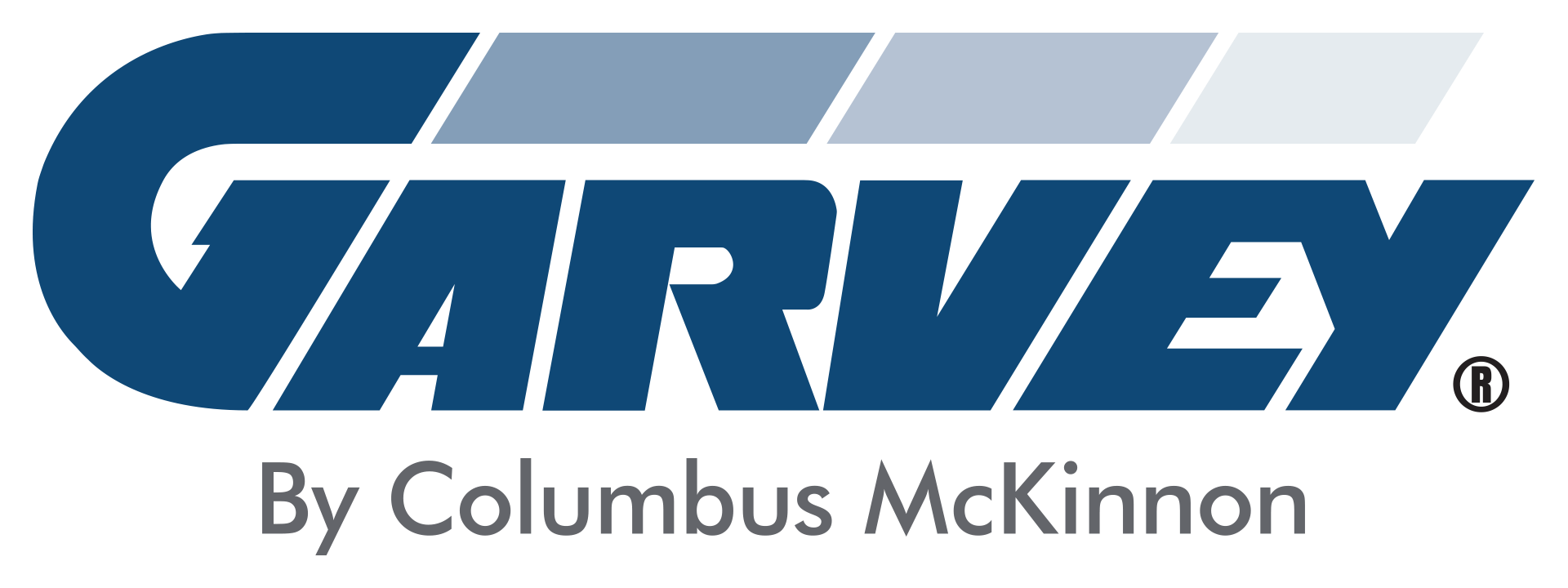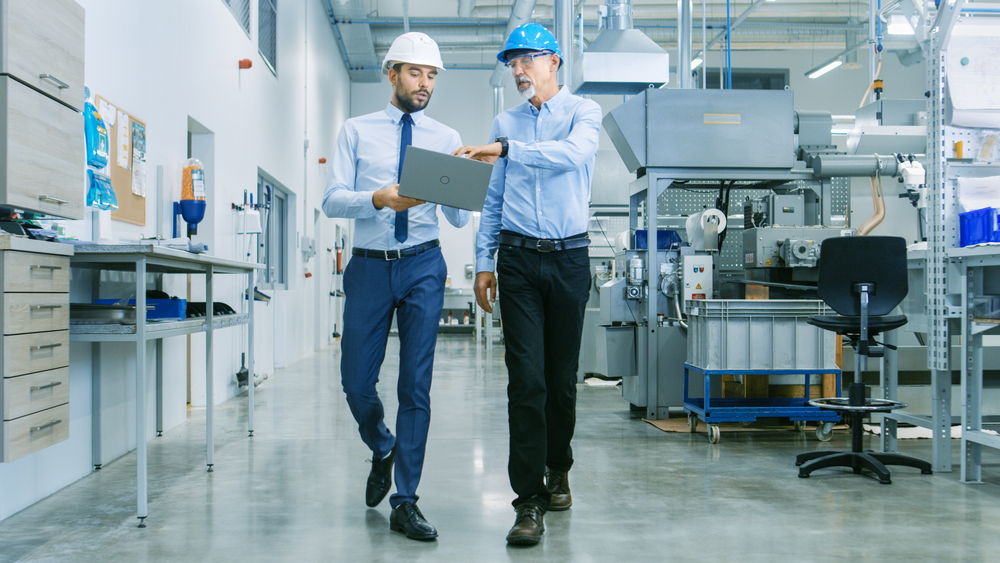Last month, we discussed our line analysis process and how we determine whether a production line would benefit from accumulation. In some cases, by adding accumulation, we’ve helped customers increase throughput by up to 30%.
Once we recommend adding one or more accumulators on the line, our next step is to identify which accumulation systems will help you achieve that maximum throughput.
This blog post will peel back the curtain a bit to discuss our methodology for choosing the best solution. We will also share what you can prepare in advance to help us learn more about your line and determine the appropriate accumulation system.
What are the main drivers for choosing a specific accumulator?
An accumulation system is designed to support your constraint. Many factors will help us answer which solution will work best for you, but we generally look at the following when making a recommendation.
The diameter of the product. Height will sometimes be a factor, especially when you’re running products at very high speeds, but knowing the diameter is crucial in our recommendation.
The stability of the product. Some products, such as reverse-tapered containers, will require a more advanced solution to ensure handling at high speeds.
The material of the packaging: Glass, plastic, and paper are the most common materials, and each will be able to withstand a certain level of pressure.
The target accumulation rate: Faster rates can cause issues for many accumulators, but Garvey has solutions, such as our patented “slow down lane”. We also offer a wide range of sizes to meet any capacity demand.
But in our initial discussions and line analysis, we will review everything with you to ensure you make the most informed decision based on our analysis and your goals and challenges.
How does existing line equipment impact choosing an accumulation system?
When we conduct our line analysis and learn more about your existing equipment, we will look at several factors, including speed and median repair time.
Remember, when we conduct a line analysis, we are more concerned with micro-stoppages (five minutes or less) that impact your line efficiency daily. If we can accumulate products to keep the constraint running at all times, you will maximize your throughput.
A tale of two accumulation systems
Let’s take two common scenarios to give you an idea. In the first; we conclude that you would need an accumulator to feed the labeler. This may require a single file outfeed lane, which our Bi-Flo™ accumulator can often handle.
On the other hand, if we’re feeding a case packer, you may need multiple single file lanes. Your sales engineer may recommend using our Infinity™ accumulator to do the job efficiently.
We will always look at your equipment and line layout in our recommendation.
What is our process for choosing the appropriate accumulator?
The line analysis is a crucial part of choosing a suitable accumulator. Your dedicated sales engineer and team will better understand your line and calculate your maximum throughput. In many cases, just by knowing speeds and product types, our sales engineers can make an educated guess of which accumulation system will work best.
However, by providing the following information, you can also help our sales engineers make a recommendation:
- A product matrix that includes all relevant dimensions, weights, materials, and speeds
- An AutoCAD layout of the line
- Discussion time with people who work on the line
- A spreadsheet documenting all line downtimes
Our clients often send us their products so that we can conduct testing in our state-of-the-art testing facility. Then, we test the products on our various accumulation tables to confirm which system handles them the best.
Which Garvey accumulator is suitable for your organization?
Every project is different, and we design our solutions to maximize throughput based on the product, application, and facility.
As a starting point, though, here are some basics to get more acquainted with our accumulators. You can click on the accumulator links to learn even more about each type of accumulator we design and develop.
H3: Garvey Accumulators
Infinity™: Best for applications that require higher speeds and capacity or involve unstable products, like wine bottles. We designed our Infinity™ accumulators to handle the most unstable products at higher rates without backpressure or breakage.
3D Infinity™: Best for applications that require orientation, such as food processing. You get all of the benefits of our standard Infinity™ with the added benefit of orientation, all in one system.
Bi-Flo™: Best for stabler products and slower speeds. The Bi-Flo is a budget-friendly accumulation system that uses opposing conveyor movement to create a buffer.
Infinity™ RX: Designed specifically for pharmaceutical applications. The Infinity™ RX handles vials as small as 2 ml and can accumulate and single file up to 800 vials a minute.
Infinity™ RX Rotary Replacement: Developed to be a replacement for traditional rotary tables and turntable accumulators. The Infinity™ RX Rotary Replacement has virtually the same footprint as a rotary table but with much less pressure and noise.
If you are interested in accumulation or feel there is room for improvement on your line, we encourage you to schedule a line analysis. Together, we will find the best accumulation system to meet your needs and increase your throughput.




